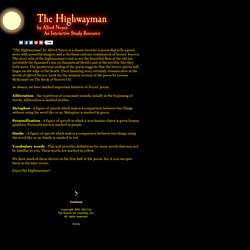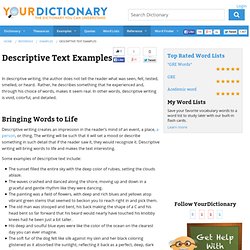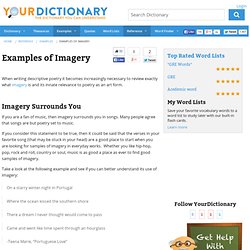

Text Level: Fiction: Poetry. The Highwayman. "The Highwayman" by Alfred Noyes is a classic favorite-a poem that tells a good story with powerful imagery and a rhythmic cadence reminiscent of horses' hooves.

The story tells of the highwayman's visit to see the beautiful Bess at the old inn (probably the Spaniard's Inn on Hampstead Heath) and of the terrible fate they both meet. The mysterious ending of the poem suggests that the lovers' spirits still linger on the edge of the heath. Their haunting story certainly remains alive in the words of Alfred Noyes. Look for the musical version of the poem by Lorena McKennitt on The Book of Secrets CD. As always, we have marked important features of Noyes' poem. Alliteration - the repetition of consonant sounds, usually at the beginning of words. Metaphor - A figure of speech which makes a comparison between two things without using the word like or as. Personification - A figure of speech in which a non-human object is given human qualities.
Enjoy the Highwayman!! Examples of Adjective Clauses. Adjectives modify nouns and pronouns, giving a description or more information.

An adjective clause is simply a group of words with a subject and a verb that provide a description. The clause starts with a pronoun such as who, whom, that, or which or an adverb such as when, where and why. Adjective Clauses In Action Adjective clauses do not change the basic meaning of the sentence. In some cases, when they provide more information into a sentence, they need to be set off with commas. Here are several examples of sentences with the adjective clauses underlined: Pizza,which most people love, is not very healthy.The peoplewhose names are on the listwill go to camp.Grandpa remembers the old dayswhen there was no television.
Turning Adjective Clauses into Phrases An adjective clause with a subject pronoun - such as which, that or who - can also be shortened into a phrase. You can shorten an adjective clause in two ways: Here are some examples of how to create an adjective phrase: Descriptive Text Examples. In descriptive writing, the author does not tell the reader what was seen, felt, tested, smelled, or heard.

Rather, he describes something that he experienced and, through his choice of words, makes it seem real. In other words, descriptive writing is vivid, colorful, and detailed. Descriptive writing creates an impression in the reader’s mind of an event, a place, a person, or thing. The writing will be such that it will set a mood or describe something in such detail that if the reader saw it, they would recognize it. Descriptive writing will bring words to life and makes the text interesting.
Some examples of descriptive text include: The sunset filled the entire sky with the deep color of rubies, setting the clouds ablaze. Descriptive Text in Literature Because descriptive text is so powerful, many examples of it can be found in famous literature and poetry. “It was a cold grey day in late November. Descriptive Text in Songs "The idiosyncrasy of this town is smoke. Examples of Imagery. When writing descriptive poetry it becomes increasingly necessary to review exactly what imagery is and its innate relevance to poetry as an art form.

Imagery Surrounds You If you are a fan of music, then imagery surrounds you in songs. Many people agree that songs are but poetry set to music. If you consider this statement to be true, then it could be said that the verses in your favorite song (that may be stuck in your head) are a good place to start when you are looking for samples of imagery in everyday works. Whether you like hip-hop, pop, rock and roll, country or soul, music is as good a place as ever to find good samples of imagery. Take a look at the following example and see if you can better understand its use of imagery: On a starry winter night in Portugal Where the ocean kissed the southern shore There a dream I never thought would come to pass Came and went like time spent through an hourglass -Teena Marie, “Portuguese Love”